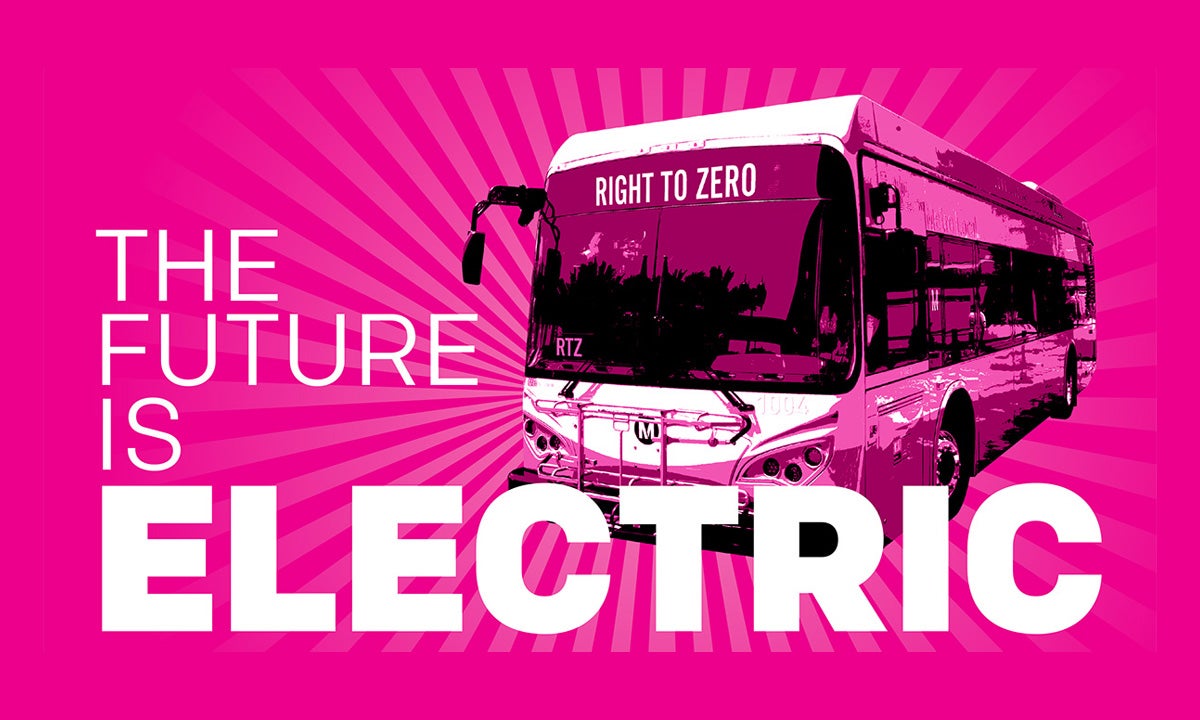Electrification is Coming to D.C., Maryland, Virginia
As state and local governments look to a future free of fossil fuels, Earthjustice is organizing with our partners to help ease the transition.
Across the country we are seeing the real possibility of transitioning to a zero-emissions future, one where our buildings and transportation are electrified and powered by a clean, emission-free grid. Pursuing this future is the goal of Earthjustice’s Right to Zero campaign, which has now set its sights on elevating this work in the D.C.-Maryland-Northern Virginia (DMV) region.
What better place to demonstrate what is possible than in the communities surrounding our nation’s capital?
Across the DMV region, Earthjustice and our partners have been fighting to build an energy grid around renewables, promote equitable access to solar and building electrification programs, demand the electrification of public transit and other fleets, and push decisionmakers to match their ambitions to the scale of the public health and climate crises caused by fossil fuels.
Earthjustice recently gathered our partners together for a virtual roundtable to discuss how to achieve a zero-emissions future in the DMV region. Even in the midst of the pandemic, forced to collaborate from our basements and living rooms, it was clear the sense of possibility, the commitment, and the desire to move away from polluting combustion is only growing stronger. Here are some of the key takeaways from the discussion:
1) The transition to zero-emissions is happening, but we have to keep pushing.
The transportation sector is the largest source of climate pollution in the United States, but many sectors are seeing huge leaps forward in new zero-emission technology offerings. One of the most exciting opportunities is in the public transit sector. Transit agencies, large and small, are transitioning to all zero-emission fleets.
In the DMV area, the Washington Metropolitan Area Transit Authority has made lofty statements about joining these other agencies, but is still not taking the basic steps needed to move forward despite the clear benefits such a transition would have on air-quality, and jobs growth.
The Sierra Club recently released a report asking for the Transit Authority to make the transition to all-electric buses by 2045. During the roundtable, our partners agreed that continued community pressure is needed to move the agency to act.
2) We must aim for outcomes that leave no one behind.
Another takeaway is that how we facilitate this transition matters. Many aren’t aware that most buildings in the DMV burn fossil fuels that contribute to the climate crisis. By updating building codes, creating incentives to install zero-emissions heat pumps, and improving energy efficiency standards, we’ll improve indoor air quality and reduce climate pollution.
EmPower is a Maryland program that improves energy efficiency, but it was implemented inequitably and needs to be reformed to address the disproportionate impact of energy costs on low income and communities of color.
“We know that low-income households and households of color occupy older and more deteriorated housing stock with fossil fuel appliances and infrastructure, and we know through research and anecdotal evidence that it costs more to electrify older deteriorated housing,” said Jamal Lewis from the Green and Healthy Homes Initiative. “This gets at why most of the savings in EmPower accrued in non-low-income houses. It’s easier to retrofit newer houses or households that are not deteriorated and have had adequate maintenance. Because it can be perceived as more costly, a lot of times, resources do not get allocated to address these types of issues in households that can stand to benefit the most.”
3) Having a shared vision across the region is critical.
The key to our success is to ensure that we are working arm-in-arm with impacted communities and that we are building trust and support from the bottom up.
Switching from energy generated by fossil fuels to renewable sources like solar can drastically reduce greenhouse gas emissions. Fortunately, there are a number of existing programs and legislation in the DMV to incentivize customers to switch to solar. But experience has shown that to grow these programs, we need deeper education to continue to inform residents about the cost-savings benefits of both rooftop and community solar.
“When your neighbors have something, and they like it and they talk about it, it becomes more prevalent, and that continues to grow but you have to start somewhere,” said Corey Ramsden, vice president of Go Solar Programs of Solar United Neighbors, during the webinar.
For each of these lessons, the overarching theme is that the solutions are here (or coming soon), but success will not happen automatically. We must continue to push and to connect these solutions with the communities that need them most.
The Right to Zero campaign is founded on partnerships and sharing the learning that comes from working together toward a common goal. The recent DMV roundtable was a wonderful reminder, even in these difficult days, of how amazing our partners are, and the exciting possibilities of a zero-emissions future.
Interested in learning more? Watch a recording of the roundtable here or below.
Earthjustice’s Clean Energy Program uses the power of the law and the strength of partnership to accelerate the transition to 100% clean energy.
